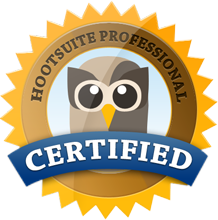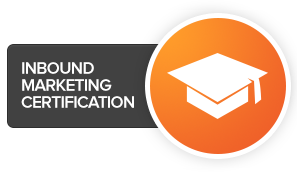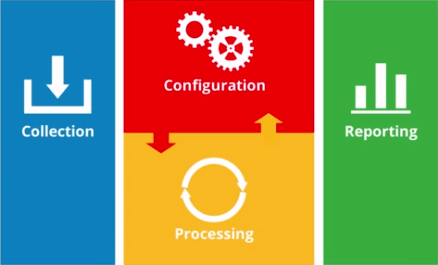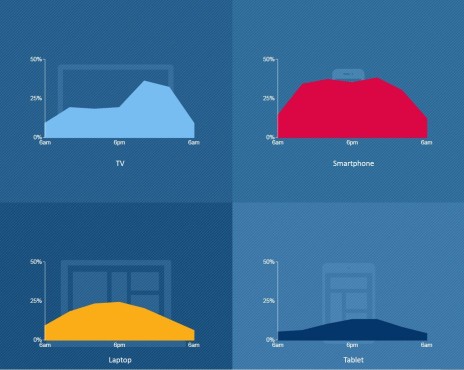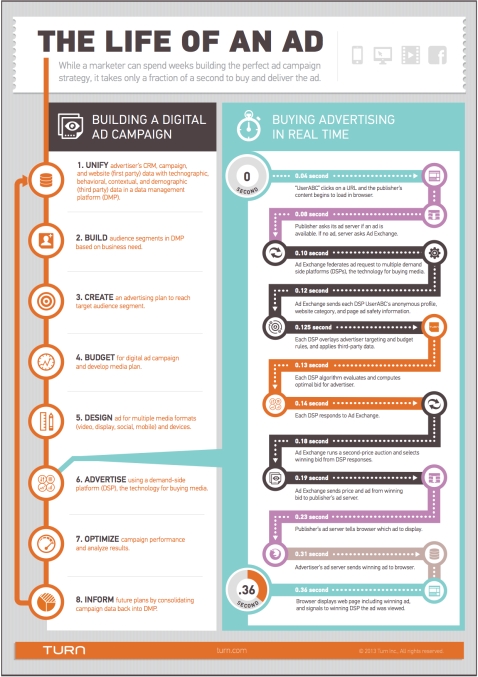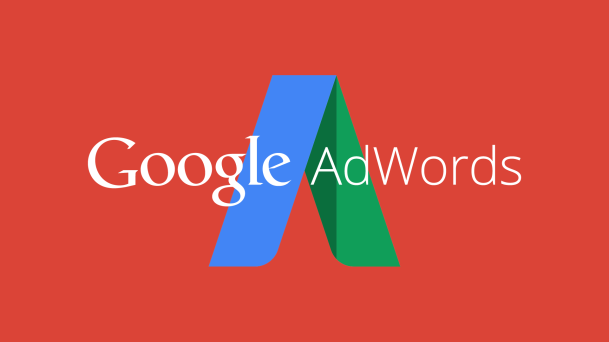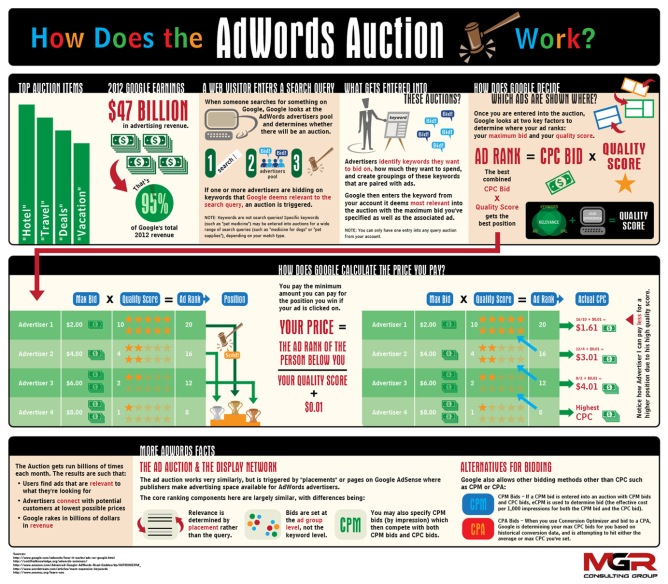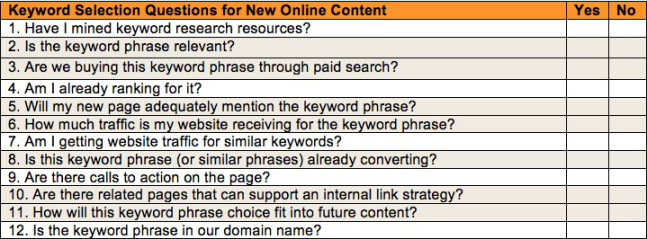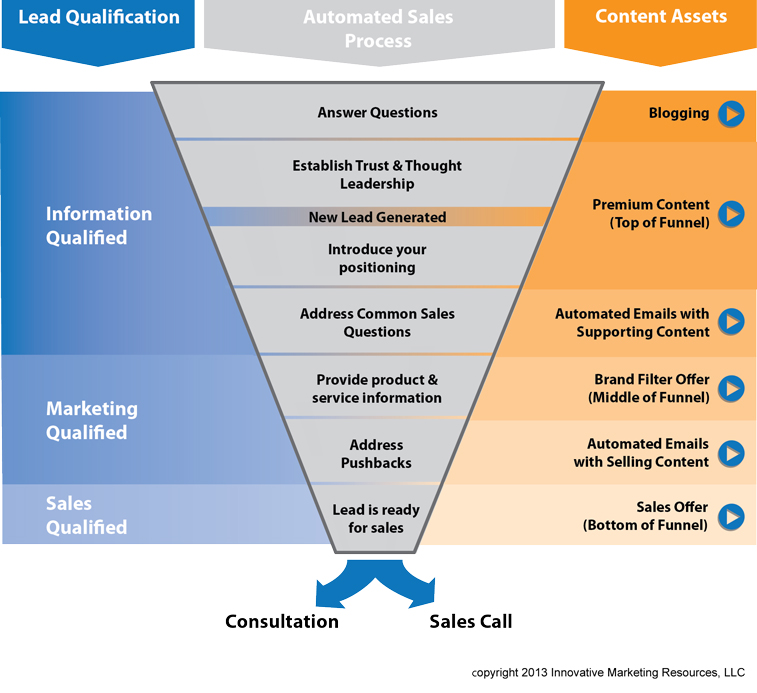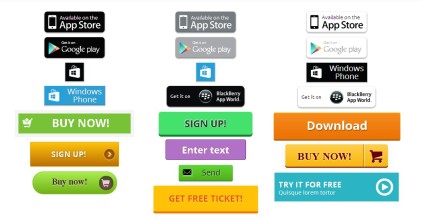While this may be the last blog post for my digital marketing course, it is the beginning of my journey into the future of marketing and my career ahead. With one more quarter to go before I graduate, I am trying to scoop up every bit of knowledge that I can before it ends.
Today digital marketing is EVERYWHERE and will continue to expand as technology becomes more pervasive. I will never regret taking Digital Marketing with Mark Staton. We explored so many great topics from inbound marketing and SEO to coding and mobile marketing to name a few.
Through my blog posts I have displayed my unique millennial perspective on modern marketing regarding the concepts I have learned and where they are headed next.
A blog on Mashable listed a few tips for aspiring Digital Marketers, they include:
- Get hands-on Marketing Experience
- Know the Lingo
- Nurture Your Personal Online Presence
- Dabble in Everything, Specialize in Something
- Keep a Pulse on the News
- Let Curiosity and Passion Drive You
To start off, I have had the opportunity to get hands-on marketing experience in both my college education and through work as an intern at Rational Interaction in Downtown Seattle. I have developed social media content for local companies as well as content for Microsoft too. This experience has gotten me very excited to start my full-time professional career. My digital marketing class has also introduced me to a wide range of marketing jargon and concepts. I know and speak the lingo, have a developing online presence, turned
As a futurist I am passionate about the transformation and advancement of technology. I love technology and I love marketing, digital marketing is the best of both worlds. Today’s effective digital marketer has a pulse on the electronics world for communication. From the PC, smartphone, tablet, TV and gaming. I ensure that I am constantly up to date on the latest news in the tech world. As a budding digital marketing I want to keep up with the latest technology. This is important because if I am going to market and advertise to consumers I have to fully understand the products that they are interacting with. I want to be able to drive the customer’s product goal and their vision through todays vast communication system in the best possible and most effective way. Digital marketing has transformed marketing of the in the past and made it much more personal for the consumer. With my knowledge from my digital marketing course I feel I can do just that.
The other marketing courses that I have taken at Western Washington University have taught me about marketing in today and now. But, this digital marketing course not only taught me how to market for businesses today but also provided me with an eye into the future and what is still to come. I am excited to get out and put this knowledge and these skills to work for you.
During this quarter I became HubSpot Inbound Certified and Hootsuite Professional Certified with Google Analytics and AdWords on the way. These certifications show you that I am competent with these marketing tools and can successfully apply them to your company to drive market share, customer awareness, engagement and sales.
If you hire me, you will not be disappointed.
End of Course Statistics:
Total Words: 11,836
For January: Views: 74 Visitors: 33 High Traffic Post: Social Media Marketing
For February: Views: 70 Visitors: 32 High Traffic Post: SEO
